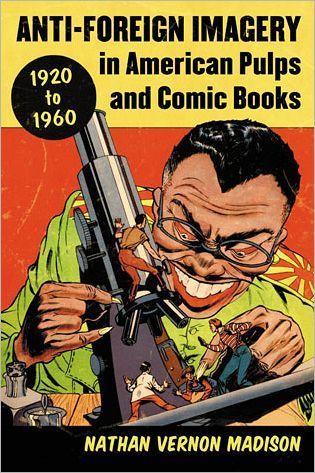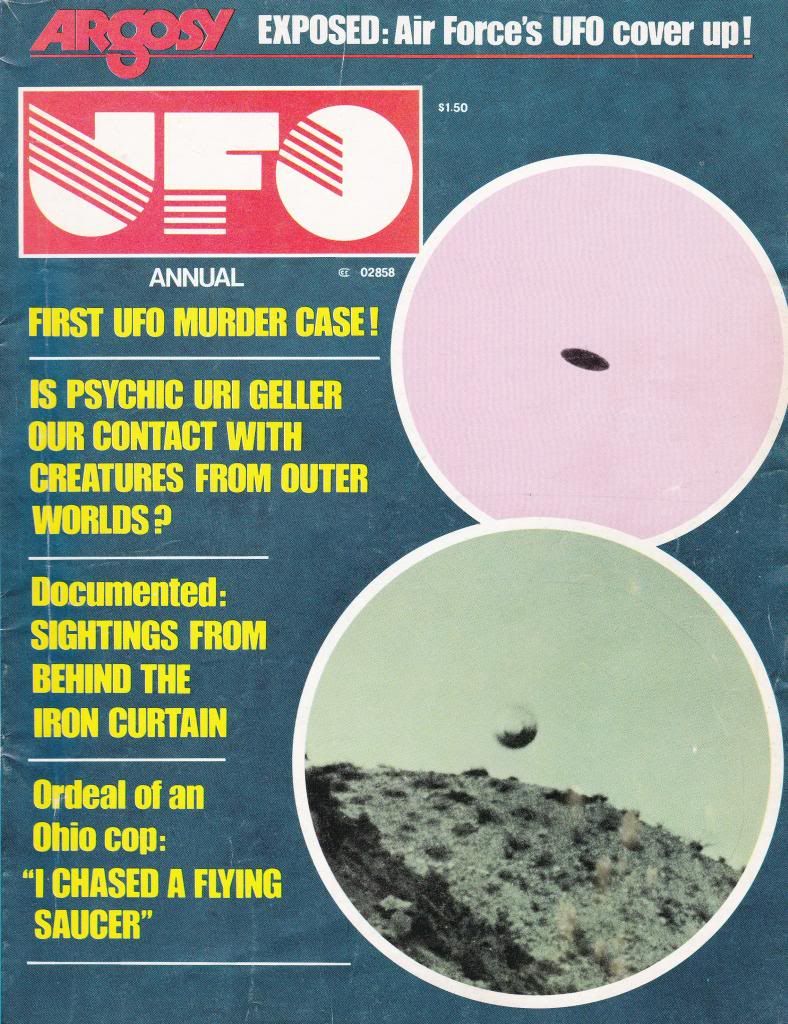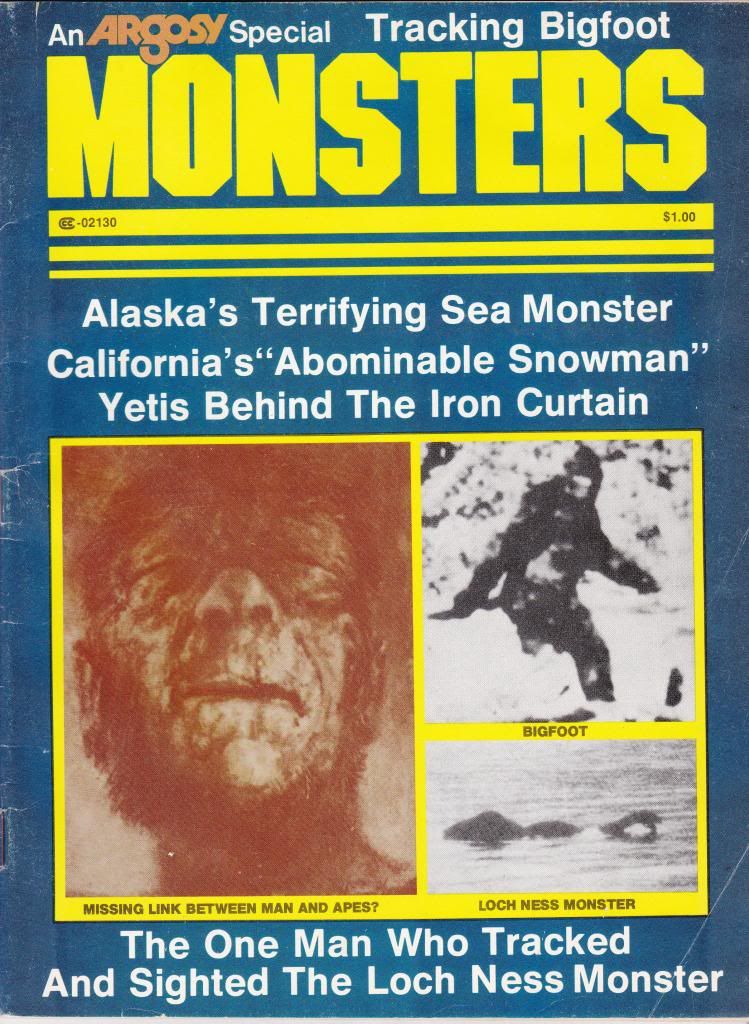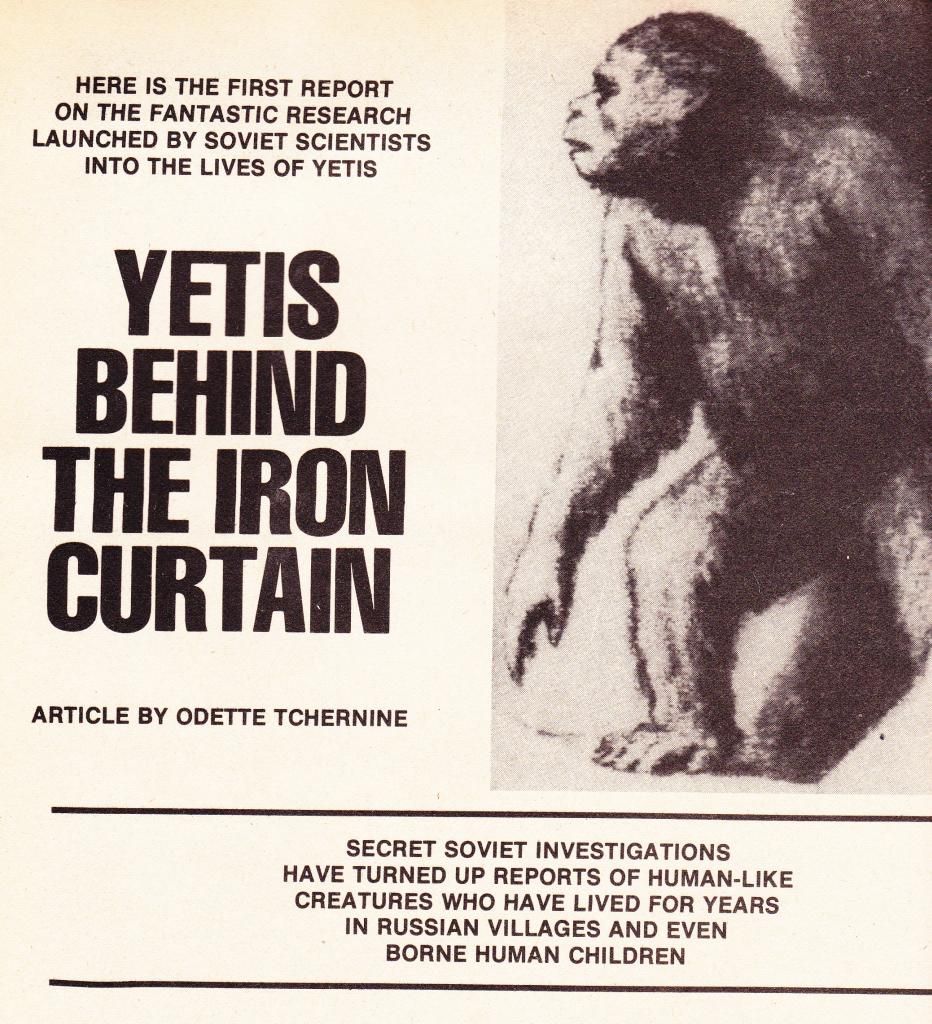 Anti-Foreign Imagery in American Pulps and Comic Books, 1920-1960 began as my Master's thesis at Virginia Commonwealth University in the Fall of 2010. I was ( and admittedly, still am) fairly new to the pulps, so with what little I already knew, I engaged in a crash course in both pulp history itself, as well as the specific topic of my research, nativist imagery in such periodicals. I have always been interested in such depictions found in literature and comic books of the time; as I wrote in my Pulpfest 2012 report in the newest issue of Murania Press's Blood 'n' Thunder, I was always seeking out older comics and reprints of works from the 30s and 40s, when most of the other kids my age were buying the newest, sensationalized titles that predominated the comics medium in the early 1990s. It was a fascination that continues to this day, and it seemed an excellent topic for my Master's thesis when the time approached; the addition of pulp magazines, a fairly recent interest for me at the time, I thought only furthered the possibility of producing a unique work of cultural, American history.
Anti-Foreign Imagery in American Pulps and Comic Books, 1920-1960 began as my Master's thesis at Virginia Commonwealth University in the Fall of 2010. I was ( and admittedly, still am) fairly new to the pulps, so with what little I already knew, I engaged in a crash course in both pulp history itself, as well as the specific topic of my research, nativist imagery in such periodicals. I have always been interested in such depictions found in literature and comic books of the time; as I wrote in my Pulpfest 2012 report in the newest issue of Murania Press's Blood 'n' Thunder, I was always seeking out older comics and reprints of works from the 30s and 40s, when most of the other kids my age were buying the newest, sensationalized titles that predominated the comics medium in the early 1990s. It was a fascination that continues to this day, and it seemed an excellent topic for my Master's thesis when the time approached; the addition of pulp magazines, a fairly recent interest for me at the time, I thought only furthered the possibility of producing a unique work of cultural, American history.A number of changes have occurred between the end of my final semester in 2010 and the present; I have revised and rewritten the work a good deal, and with semestrial constraints no longer an issue, I was able to go back and add in a large amount of further information and sources, that I believe have helped create a better, and more coherent whole. Several sections, one dealing with the role of gender in nativist imagery throughout the years in question, is, for the most part, an entirely new addition absent from the original thesis, as is a brief historical narrative in the Introduction, concerning nativism's existence in the United States since colonial times.
Above all else, I am hoping that I have produced a quality work that helps further pulp studies, and also gets away from the stigma of pulps as "gutter literature," as many works, academic and not, often portray them. I have no doubts that many veterans of pulp history will find something amiss, or that I did not spend as much time as I should have on a particular author, publisher or title of their preference, and I can certainly understand that, and really welcome any criticism, as long as it's constructive. Again, it is my central hope that I have contributed to the study of these literary artifacts, while also shedding some light on possible reasons behind the growth, and death of nativism as a popular, American sentiment within their pages.
With this work now complete, I have a number of projects to work on. I was recently asked to write an introduction to a collection of Robert J. Pearsall's pulp stories for Altus Press and am both honored and excited to be working on that soon, just as I am concerning an upcoming article for the Pulp Magazines Project regarding race and gender in the pulps. I hope to have more time to devote to Argonotes; and from the research I am doing at work, I am hoping to produce an article for an academic, southern history journal, particularly concerning immigrant labor in various fields in post-Civil War Virginia, or something along those lines - as always, I have to see where the research takes me. And, as always, I am collecting information related to Frank Andrew Munsey, in the hopes of producing a work about him, and his role in the 1912 Presidential Elections.
Thank you to all who read Argonotes, and to any and all who check out my book; I am hoping that it meets with your approval!







